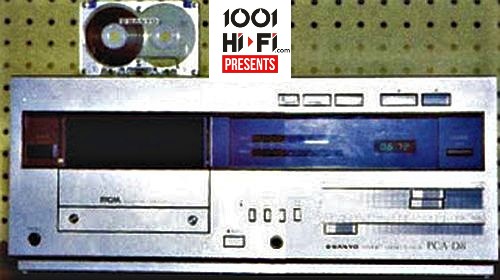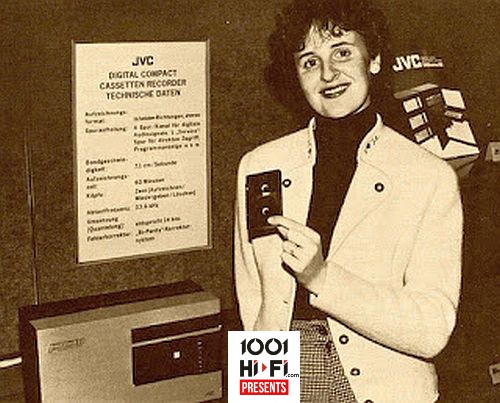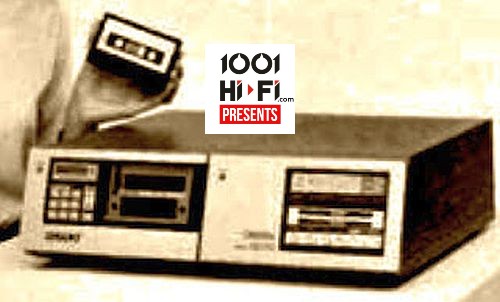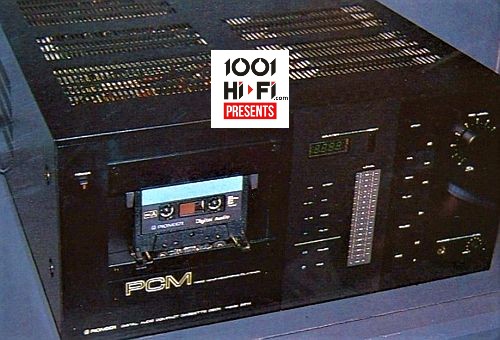At the Tokyo Audio Fair in 1981 there were no more than 16 companies showing CD players before the official launch in 1982. On the other hand, the same companies - JVC, PIONEER, SANYO, SHARP, SONY - demonstrated PCM tape decks that were using normal Compact Cassette. The only problem was that there was no standardization of the recording format. The cassette was not interchangeable, each company using a different recording format, track layout and tape speeds. The result is as we all know that only the CD was succesfull and the Compact Casssette remained as an analog audio recording format....or the storage device of the world first Digital Photo Camera.
 |
| SANYO PCA-D8 1982 |
 |
| JVC PCM Compact Cassette Prototype 1982 |
 |
| SONY PCM S-DAT Prototype 1981 |
 |
| PIONEER PCM Compact Cassette Prototype 1981 |
In 1985 SHARP presented the: "PCM digital audio compact cassette deck RT-X5 OPTONICA" This was made by SHARP as an early PCM system using a "16-track integrated head system" using a regular "Compact Cassette". Here are some technical data for the OPTONICA by SHARP RT-X5 :
14 bit / 44.1 khz sampling frequency
Frequency response 2 - 20.000 Hz +/- 0.5dB
Tape speed 9.5cm/s
...and 10kg
 |
| OPTONICA RT-X5 PCM Compact Cassette 1985 |
It was only in the late 1992 that PHILIPS presented the DCC (Digital Compact Cassette) a backwards compatible format that allowed to record in digital format to the new DCC cassette but also to play back your old Compact Cassette. But it arrived too late to the market and it is remembered as one of the biggest failures in audio history.
 |
| PHILIPS DCC 1992 |
